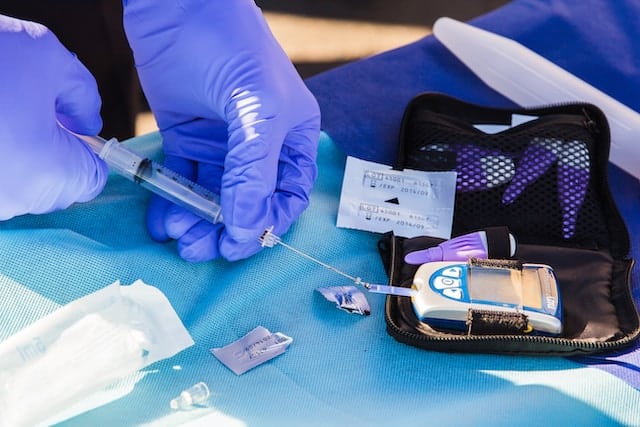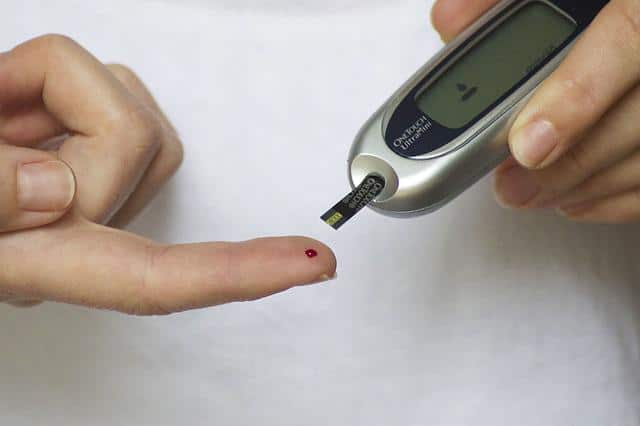Insulin-to-Carb Ratios and Correction Factors in Diabetes Management
Previously Published on Healthline.com – When a doctor diagnoses insulin-dependent diabetes, you will quickly learn that precise carbohydrate counting and correct insulin dosing for meals and higher blood sugars are both key to effective diabetes management. But terms like “insulin to carbohydrate ratio” (Insulin-to-Carb Ratios) and “correction factor” can get confusing, especially if you’re newly diagnosed with the condition.
This article will explain how insulin works when eating food and how to dose insulin to keep blood sugars in range.
Why is insulin important for people with diabetes?
All humans need insulin to live. It helps digest the glucose (sugar) contained in most foods, particularly:
- fruits
- dairy
- vegetables
- grains
- any food where sugar is added in processing
All carbs are processed into glucose that’s eventually converted into energy that fuels the brain and body.
As that sugar moves from the bloodstream into cells, it makes your blood sugar levels rise.
In people without diabetes, the body automatically adjusts for this cycle on a natural autopilot.
For people with diabetes, the insulin-producing cells in the pancreas don’t make insulin the same way they do in those without the condition. That means people with diabetes must address that insulin functionality for regulating glucose levels themselves.
People with type 2 diabetes (T2D) may not require insulin treatment because lifestyle changes can manage the condition.
That is not the case for type 1 diabetes (T1D). T1D is an autoimmune condition. People with T1D require insulin treatment by injection or with a diabetes device because their bodies don’t make it on their own.
Previously Published on Healthline.com
Read Full Article “Insulin-to-Carb Ratios and Correction Factors in Diabetes Management” Here!







